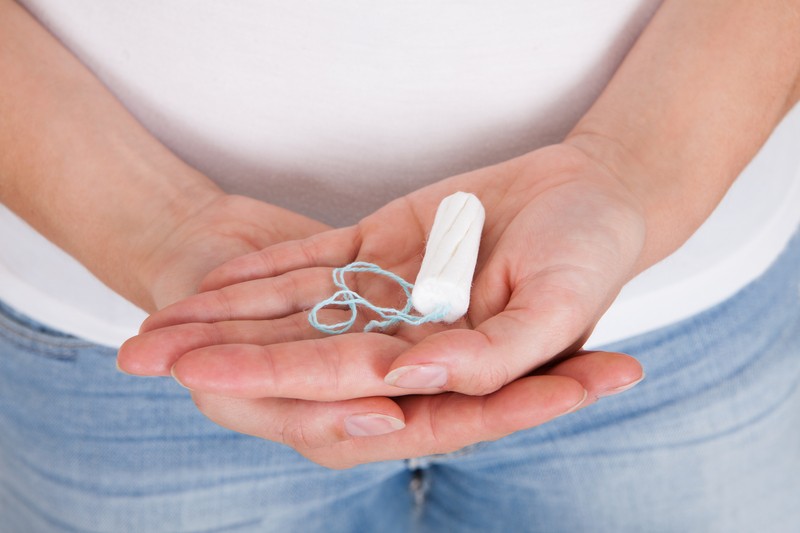Tampons, while incredibly useful for their intended purpose and for emergency fire tinder, really don't have a place in the world of emergency first aid. Despite this, there are countless preppers and survivalists who pack them for that exact purpose. Here's why they're mistaken:
“Improvised” Tactical Medicine
A few stories have been told of troops using feminine hygiene products as improvised bandages to stop bleeding from GSWs or Improvised Explosive Devices (IEDs). On some occasions, those products worked. Other times they did not. I firmly believe that “if it’s a stupid idea, but works … it ain’t stupid.” So I’ll give credit where it’s due. Good job to those who made it work.
Companies like Tactical Medical Solutions, QuikClot, Celox, H&H, SAM Medical and others have produced some of the most advanced, effective, and efficient bandages and dressings for the treatment of penetrating traumatic injuries in the field and tactical medical industry. Yet for some reason, people still feel the need to treat patients like they are living in some bad Mad Max remake. The pressure dressings designed by the companies I just mentioned are specifically designed for moderate to severe arterial bleeding and packaged for austere environments.What Is a Tampon Designed For?
A tampon is designed to be inserted into the vagina of a female human being in order to absorb menstrual fluids, which are discharged over the course of a few days. This fluid is not pressurized like arterial blood is throughout the body.
Some come in plastic or cardboard applicators that can be confusing even for a grown woman who has years of experience with different makes and models, let alone a grown man trying to plug bullet holes with them while in a stressful environment like a gunfight. Tampons are not sterilized when they leave the manufacturer, and there really is not a need for them to be. Clean and free from debris, yes — but not sterilized.Bleeding from a Gunshot Wound
When you find yourself up in the mountains or out in the country where hospitals are more than a few days’ hike, I’ll take every opportunity I can get to help keep infection at bay. Ask yourself: “Do I want to prepare for just gunshot wounds or do I want to prepare for as many different penetrating traumatic injuries as possible with this bandage?” Most of us will come across more lacerations from car wrecks than we will from bullets.
Not to mention the size difference between a real pressure dressing and a tampon. I’m not going to get into the anatomy of a ballistic wound cavity. But let me say that a single tampon is not my “go-to” bandage for wound packing in a three-dimensional cavity that is bleeding profusely in the middle of the night, on the side of a busy highway, in the freezing rain, immediately following an attempted car-jacking/murder where a gunfight broke out and now my loved one is sprawled on the pavement bleeding out of the middle of their right thigh and left armpit. But hey, I guess some folks like to “plan to improvise” during such a tragic event.
If cost is a concern, it shouldn’t be. You can buy two Olaes bandages for under $15, and two Israeli bandages for under $10. These aren’t going to break anyone’s bank account. They do come with expiration dates, but some last up to four years. For maximum shelf life, store the bandages in a med kit where the outer wrapping won’t be compromised.
Do yourself and your loved ones a favor: buy a real pressure dressing and take a class on how to use it effectively and efficiently. If you’re going to be carrying one or the other as part of your EDC kit, don’t plan to improvise … plan to win!
While there are stories of soldiers surviving gunshot wounds by packing the wounds with a tampon, there are far more stories of this method failing or resulting directly in death due to infection or poor circulation.
For the preppers who plan to use this method due to the cost of the high-tech bandages, keep that thought in mind as you are watching your loved ones bleed out because you neglected to prepare with proper first aid equipment. If a life isn't even worth $15 for a bandage, you probably shouldn't pack a bug out bag.
This is a sobering reminder of the realities facing those of us planning for the worst. For more on this topic and to read the full content of the original article, go to Personal Defense Network.

Someone should tell the military this..